The Squadron’s history goes back to 1787, when the Chatham Company of “Royal Military Artificers” was raised at Chatham. It was re-named 9 Field Company in Gibraltar in 1806 and became part of Airborne Forces in May 1942, when 9 (Airborne) Field Company RE provided the engineer support for the newly formed 1st Airlanding Brigade, with about one-third of the Company in the parachute role and the remainder glider-borne. Their first airborne operation, OP FRESHMAN, was in Norway in 1942 where they were tasked to destroy a heavy water plant. This turned out to be a disaster, both gliders crash landing and the few survivors being executed by the Gestapo.
On 9 July 1943 the Company, as part of 1st Airlanding Brigade, assisted in the capture of the Ponte Grande bridge at Syracuse in Sicily, fighting alongside the 1st Border Regiment and 2nd South Staffordshire Regiment. The Company was honoured by the presentation of a vellum scroll by King George VI to commemorate its part in the battle.
In September 1944, 9 Field Company, under command of Major Winchester and a part of the 1st Airborne Division, took part in Operation MARKET GARDEN. It enplaned on the morning of 17 September 1944 and, except for two gliders that crashed, landed safely at Arnhem. Unfortunately, they took heavy casualties. Of the original Company of 215 All Ranks, only 57 men returned to the UK, the remainder being captured or killed.
On VE Day, 1st Airborne Division was ordered to Norway to accept the surrender of the Germans there. While in Norway 9 Field Company was reorganized, renamed 9th Airborne Squadron and redeployed to Palestine to join 6th Airborne Division, where its efforts included the clearance of the King David Hotel bombed by terrorists.
With the disbandment of 6th Airborne Division the unit was succeeded in 1948 by 9th Independent Airborne Squadron RE which became the sapper unit for 16 Independent Parachute Brigade Group. The reconstituted sapper unit was formed from personnel of the 1st, 3rd and 9th Airborne Squadrons and 147 Airborne Park Squadron.
It served in Germany as part of the British Army of the Rhine from June 1948 to July 1949 when it returned to the UK, based in Aldershot.
The Squadron deployed to Cyprus with 16th Parachute Brigade in 1951 and moved from there to the Suez Canal Zone where it remained until June 1954, returning to Aldershot.
While based in Aldershot it was redesignated as 9 Independent Parachute Squadron RE prior to 16th Parachute Brigade's deployment to Suez in 1956.
Over the next 25 years, in addition to Suez, it deployed on many different operations including Cyprus, Bahrain, Aden, Radfan, and numerous times to Northern Ireland.
In 1976, 16 Independent Parachute Brigade disbanded and 9 Independent Parachute Squadron RE became part of 36 Engineer Regiment, based at Maidstone. 9 Parachute Squadron RE, as it was now called, remained in Aldershot. In 1980 it sent a small party to take part in the Rhodesia Operation and another small group to assist with a joint Anglo / French operation in Vanuatu in the South Pacific. In 1980/1981 it completed its 6th operational tour in Northern Ireland.
In 1982 and during OP CORPORATE in the Falklands, the Squadron, reinforced with a troop from 20 Field Squadron, supported 5 Infantry Brigade with its own 2 Troop supporting 3 Parachute Battalion. Casualties included 4 killed and 11 wounded.
Between July and November 1994, the Squadron served in Rwanda as part of the UNAMIR mission. In 1995 the Squadron again deployed to Northern Ireland on a six month Op DESCANT tour.
September 1998 saw the Squadron’s first deployment to the Balkans, based for 6 months in Gornji Vakuf in support of the British led Multinational Division (South West). In June 1999, 100 soldiers from the Squadron under command of HQ 5 Airborne Brigade, were involved in a 30 day deployment to Kosovo on Operation AGRICOLA. They were tasked with the clearing and securing of the mountain corridor to Kacanik to enable 4 Brigade to pass through. At the same time, members of the Squadron deployed on a UN mission to Cyprus.
In 2000, the Squadron deployed on another Operation DESCANT tour to Northern Ireland.
In August 2001, the Squadron deployed to Macedonia as part of the Multi National Force on Operation BESSEMER.
December 2001 saw a very quick deployment to Afghanistan, having only just returned from Macedonia. Supporting the International Security Assistance Force on Operation FINGAL, the Squadron provided infrastructure and force protection as part of the Multi National Engineer Group.
January 2003 saw the formation of 23 Engineer Regiment (Air Assault) and with it the command change of 9 Parachute Squadron to the new Regiment and another deployment, this time on Operation TELIC to Iraq in 2003. Ninety men from the Squadron returned to Iraq in 2006.
In 2006 the Squadron left Aldershot to join 23 Engineer Regiment (Air Assault) in its new base, Rock Barracks, near Woodbridge, Suffolk. It deployed to Afghanistan again in 2008, with the rest of the Regiment, in support of 16 Air Assault Brigade.
9 Parachute Squadron has retained its airborne role continuously since 1942 and remains the longest serving in-role airborne unit in Airborne Forces.
Read More
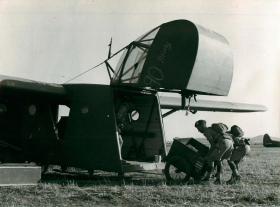
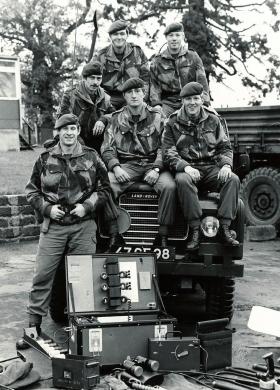
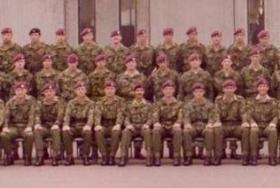
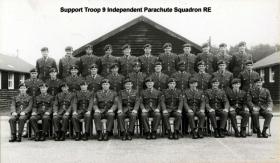
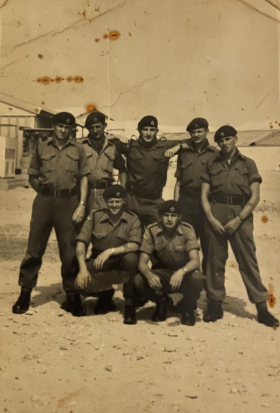







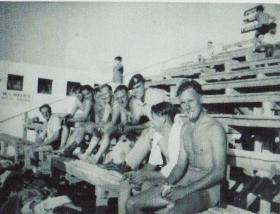
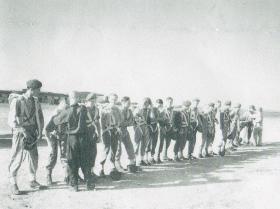
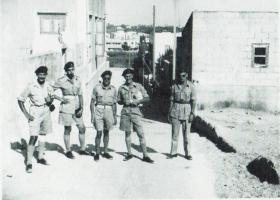
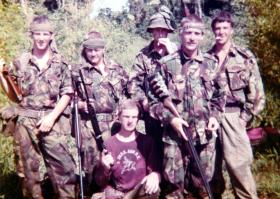
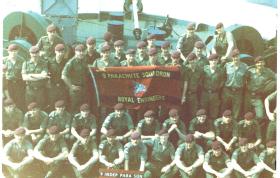
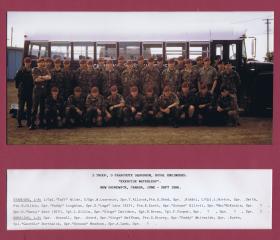
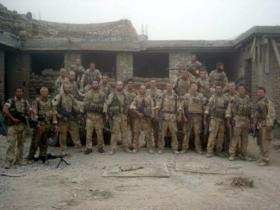
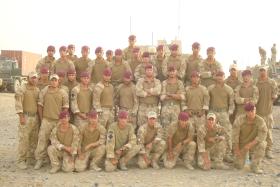
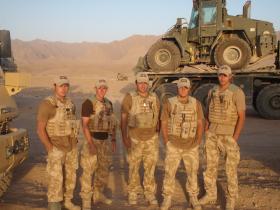
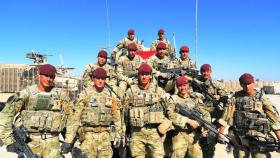
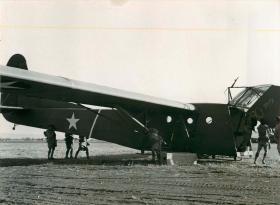
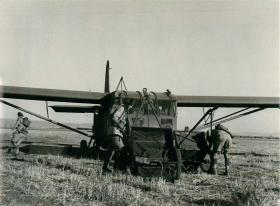
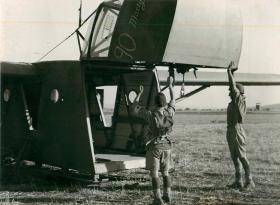
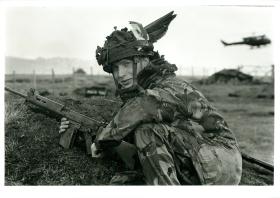
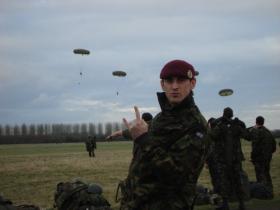
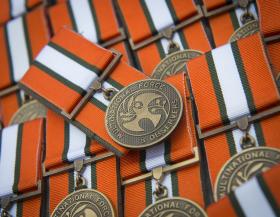
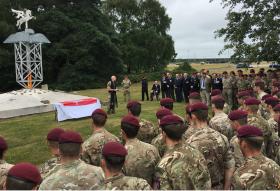
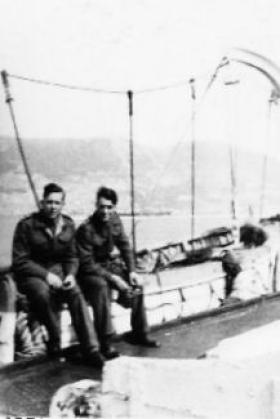
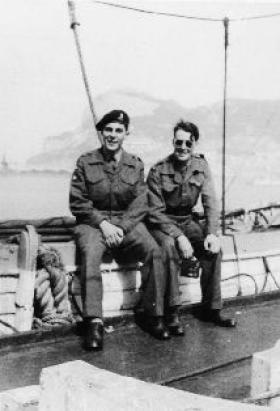
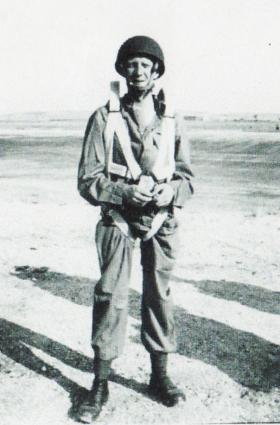
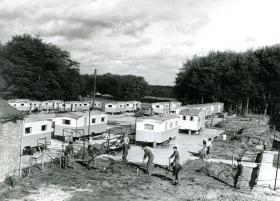
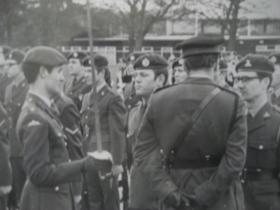
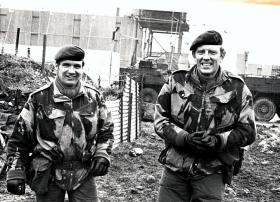
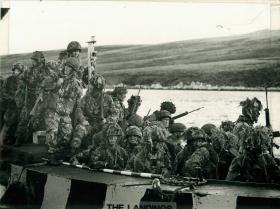
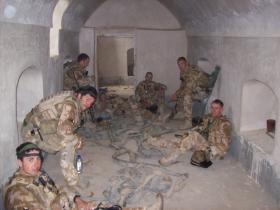
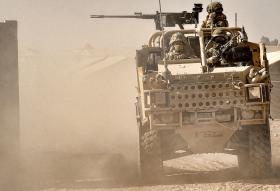
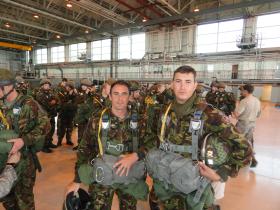
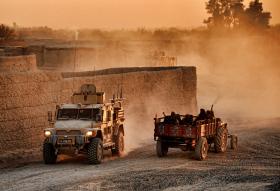
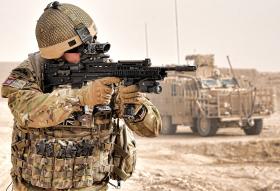
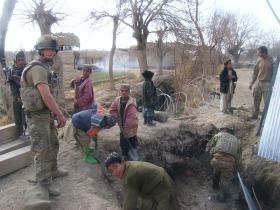
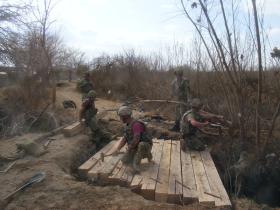
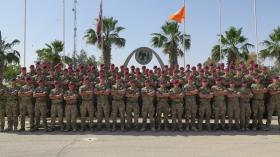
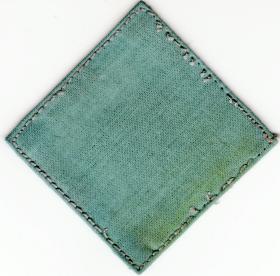
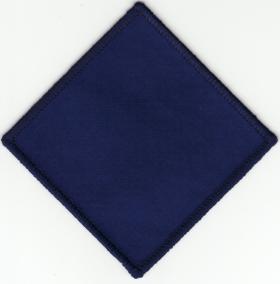
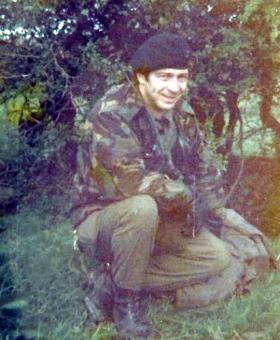




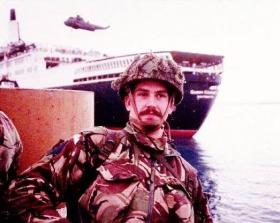
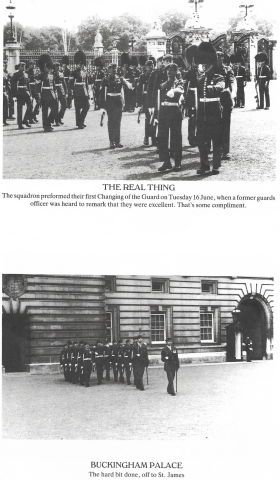

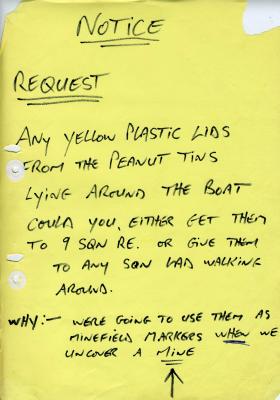
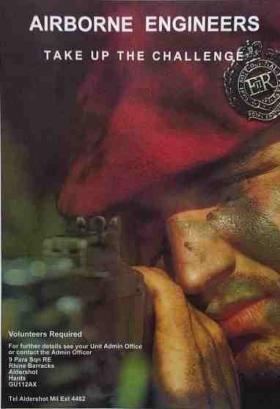
Latest Comments
There are currently no comments for this content.
Add Comment
In order to add comments you must be registered with ParaData.
If you are currently a ParaData member please login.
If you are not currently a ParaData member but wish to get involved please register.